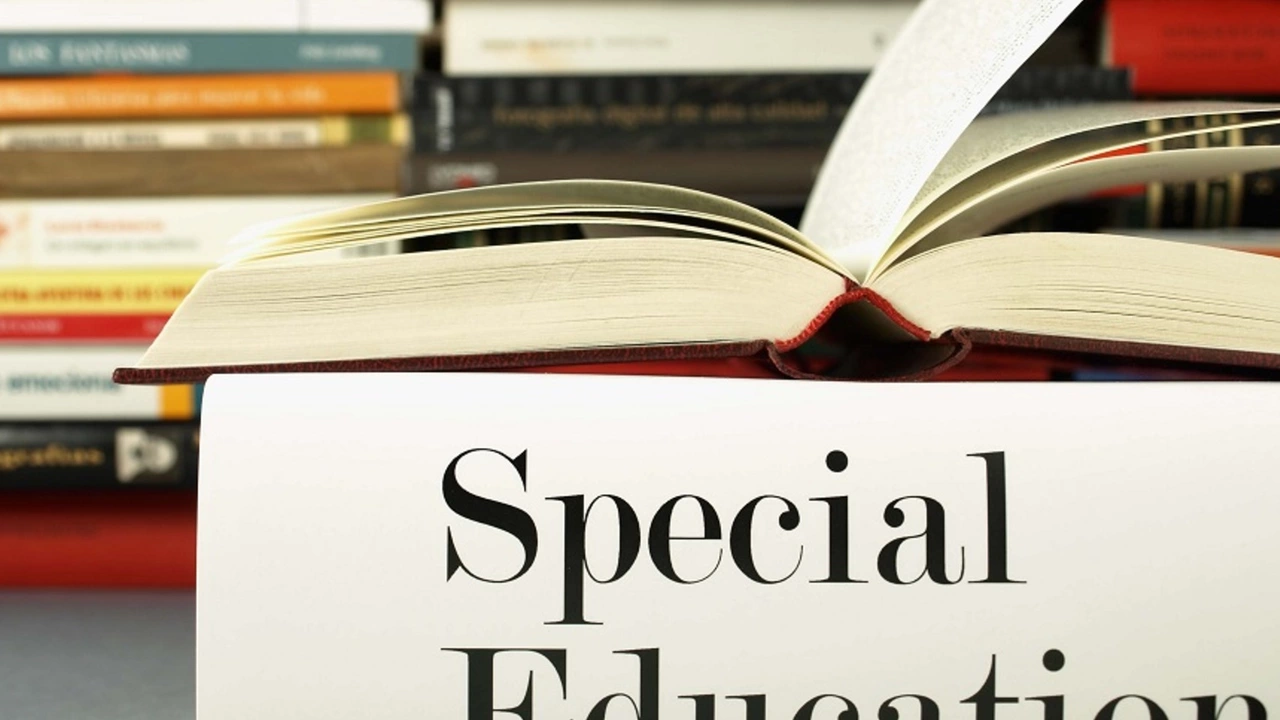What are some methods to improve special education?
 Aug, 2 2023
Aug, 2 2023
Shaping the Landscape for Special Education
Let’s kick things off with intrigue. Have you ever tried learning how to juggle? It's a hoot, isn't it? One ball, then two, and suddenly you're trying to keep three balls in the air without dropping them. Quite the conundrum! For a minute, consider the brain of a child with special needs. Now, imagine attempting to juggle while on a unicycle going uphill. That's a step closer to understanding what a child in special education goes through on a typical day. As providers of education, recognising this is our first step towards improving the learning experience for these remarkable children.
Delineating the Individual Education Plan
You see, special education isn't a one-size-fits-all approach, much like my Aunt Matilda's hand knitted sweaters. It all starts with crafting an individual education plan (IEP) that fits just right. Borrowing from my computing days, an IEP is essentially a well-crafted algorithm for educating a child with special needs. It factors in each child's unique capacities and challenges, creating a path of least resistance to learning. It also includes objectives to be achieved over a certain period - a roadmap of sorts. Implementing an effective IEP, however, is akin to solving a Rubik's cube; it takes patience, iteration, and a knack for seeing beyond obstructions.
Fostering an Adaptive, Inclusive Environment
When I moved from country Victoria to Melbourne, the urban jungle was a shock to my system. But guess what? I adapted. With the right support and time, I started calling Melbourne home. Similarly, children with special needs often require adaptive classroom settings. Ever wonder why hummingbirds don't live in the arctic? That's because they thrive best in environments suited to them. Similarly, an adaptive environment for special needs education should focus on accommodating individual sensory needs, utilising assistive technology tools, and providing necessary therapeutic support. This creates an atmosphere that is both conducive for learning and emotionally supportive.
Embracing Collaborative Learning
As a chap often making meals for one, I must say cooking is more enjoyable when done together. It becomes an interactive activity where everyone pitches in and, in turn, we learn from each other. Collaborative learning shares the same ethos. By incorporating group projects and encouraging peers to work together, we can create a dynamic environment where students learn not just from their educators, but also from each other. Besides, aren't we all a bit more motivated when working as part of a group rather than alone?
Instilling the Power of Positive Reinforcement
One of my fondest memories goes back to my childhood when I received my first bicycle as a reward for scoring well on a test. I cherished it because I felt my hard work was recognized. This is the essence of positive reinforcement, an extremely effective tool for special education. A token, a smile, a word of praise when children meet their IEP milestones can do wonders for their motivation and self-esteem, believe you me! A dash of positivity makes the learning process less daunting and more enjoyable. Who doesn't love a pat on the back, right?
Evolving the Role of Parental Involvement
No one knows a child better than their parents. This understanding can be a game-changer in special education. Increased involvement of parents in drawing up and executing the IEP helps create a home-school connection that reinforces the child's learning process. Remember, it takes two to tango! When parents and educators step in unison, the result is an interwoven learning environment that extends beyond the school walls. In the end, isn't that our ultimate goal?
Improving special education is an ongoing journey, one that requires us to continuously challenge ourselves, adapt, learn and grow. By focusing on these methods, we can make that journey smoother for every child with special needs. And hey, don't be surprised if we find ourselves learning a thing or two in the process!